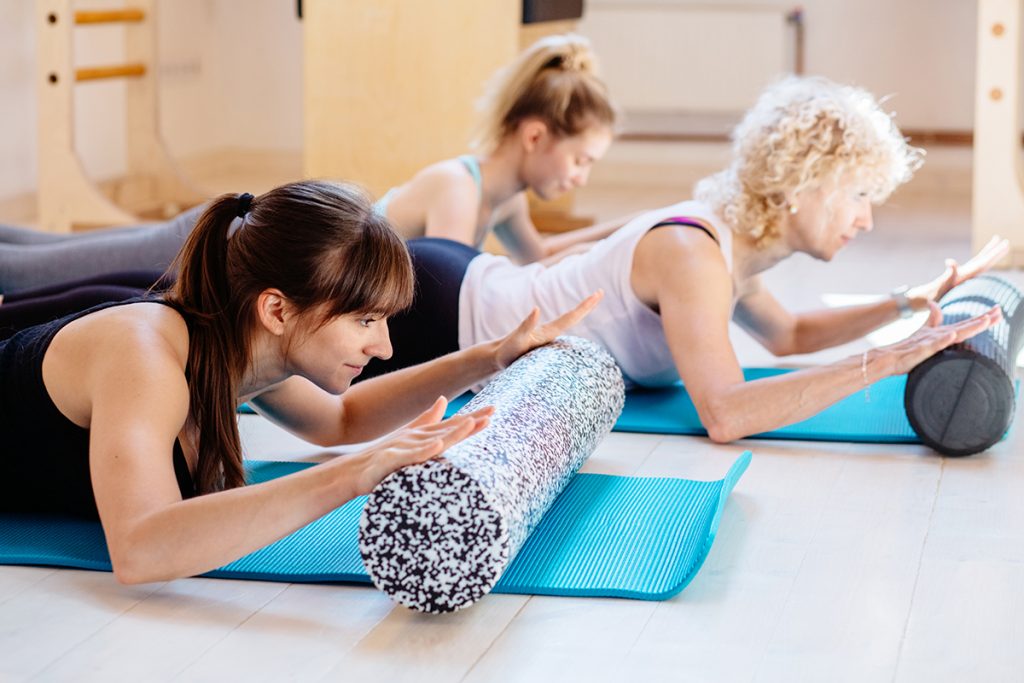We see many claims about fitness tools but they often don’t live up to the hype when reviewed by experts. Numerous claims have been made that foam rolling increases blood flow, is useful in warming up the muscle prior to exercise, and assists in post-exercise recovery. A study reported in the respected Journal of Strength and Conditioning Research determined that foam rolling is worth the effort: areas massaged with the foam roller saw increased arterial blood flow. The foam roller lives up to the claims; it is a useful tool that should be part of your exercise tool belt.

Foam rollers were once used exclusively in a physical therapy setting. Dr. Moshé Feldenkrais is credited with being the first person to use rollers for therapeutic purposes (for instance, improving body alignment, reducing muscle tightness, teaching body awareness) in the late 1950s. Foam rollers have been used by a variety of clients with conditions ranging from multiple sclerosis to common orthopedic concerns. The beauty of the foam roller is that it can be used by almost everyone.
Research has shown that stretching, relaxation, meditation, foam rolling, and biofeedback techniques all ease muscle tension, which contributes to pain and common muscle stiffness. A massage is a favorite method of stretching and relaxing tight muscles. It enhances functional range of motion, aids in the healing process, decreases muscle reflex activity, inhibits motor-neuron excitability, and contributes to relaxation. However, not many people can afford a daily or weekly massage session. A regular foam roller session can provide many of the benefits same benefits as and prolong the benefits of a massage while adding diversity and challenge to your standard exercise program.
Designing a balanced exercise routine that includes flexibility movements with strength training, cardiovascular exercise, and relaxation can reduce chronic discomfort and stress. Since foam rollers break up interwoven muscle fibers and help move oxygenated blood into those muscles, they’re an excellent device with which to release tight spots in the muscles (the technical term is “myofascial release”) and return the muscles to a more optimal state. This can be done prior to exercising to improve range of motion, after a workout, or during a break at work to relax tight muscles and reduce soreness from sitting too long.
From the Foam Roller Workbook, by Karl Knopf. Reprinted with permission from Karl Knopf
Karl Knopf, Ed.D, served as the Director of The Fitness Therapy Program at Foothill College for almost 40 years. He has worked in almost every aspect of the industry from personal trainer and therapist to consultant to major Universities such as Stanford, Univ. of North Carolina, and the Univ. of California well as the State of California and numerous professional organizations. Dr. Knopf was the President and Founder of Fitness Educators Of Older Adults for 15 years. Currently, he is the director of ISSA’s Fitness Therapy and Senior Fitness Programs and writer. Dr. Knopf has authored numerous articles, and written more than 17 books including topics on Water Exercise, Weights for 50 Plus to Fitness Therapy.
